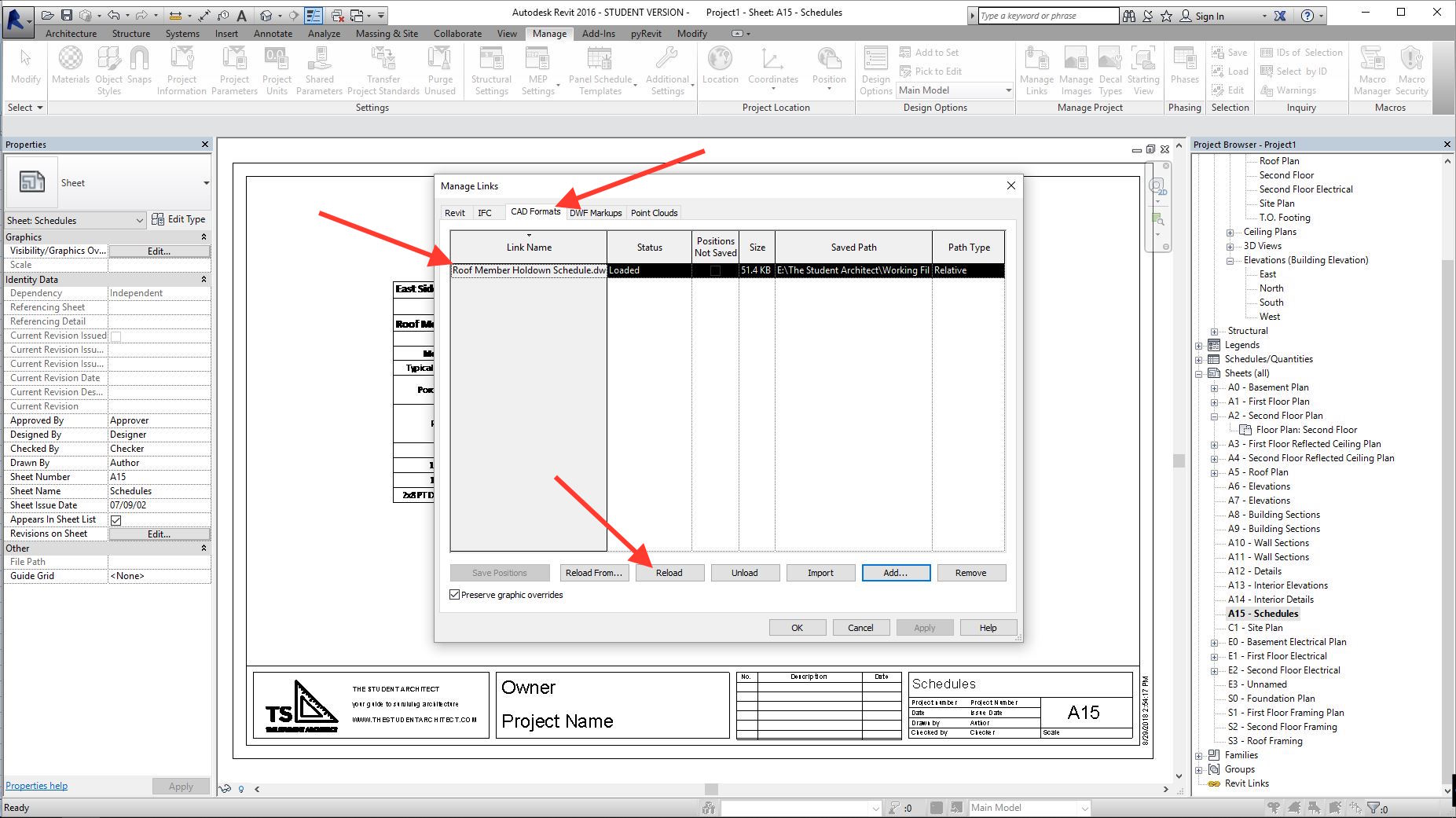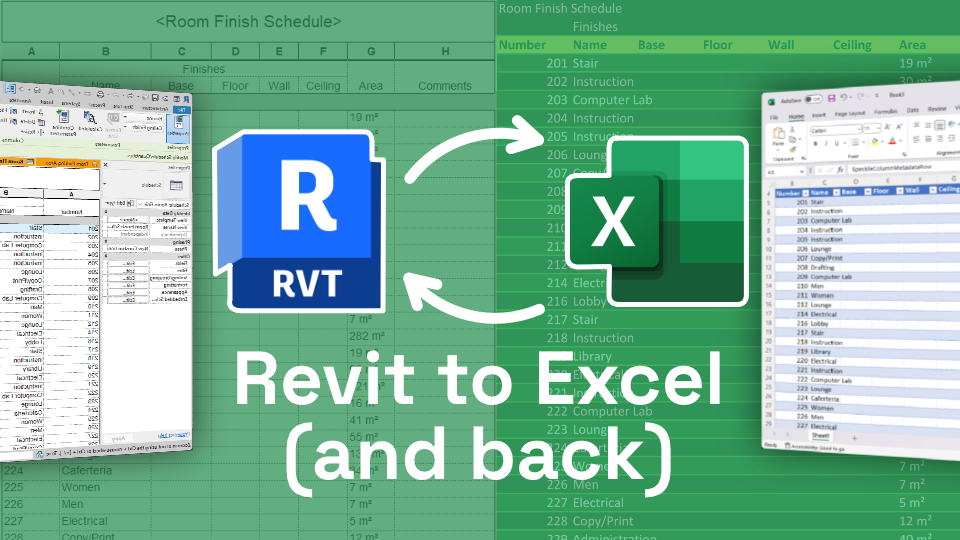Import Excel into Revit Seamlessly: A How-To Guide
Revit Accelerator: Excel Combination Strategies for Increasing Productivity and Cooperation
Are you aiming to improve your productivity and collaboration while making use of Revit? Look no more! In this post, we will discover the advantages of integrating Excel right into your Revit workflows. Discover just how you can enhance your processes, make the most of collaboration, and also discover sophisticated techniques for boosting efficiency. Plus, we will certainly share ideal practices for seamlessly integrating Excel into your Revit jobs. Prepare to supercharge your Revit experience with our Revit Accelerator: Excel Assimilation Methods!
Advantages of Excel Assimilation in Revit
The advantages of Excel integration in Revit are many and can greatly improve efficiency and partnership. By flawlessly linking these 2 effective tools, you can improve your workflow and conserve beneficial time. With Excel assimilation, you can easily import and export data in between Revit and Excel, enabling you to utilize the toughness of both programs.

An additional advantage of Excel assimilation is the ability to produce dynamic routines and records. By connecting your Revit design to an Excel spreadsheet, any type of adjustments made in Revit will instantly upgrade in the corresponding Excel data. This makes it easy to create updated timetables, quantity takeoffs, and various other task documentation.
Excel assimilation in Revit additionally allows much better cooperation among staff member. With the ability to import and export data, you can conveniently share info with colleagues who may not have accessibility to Revit. This advertises reliable interaction and permits better coordination and decision-making.
Streamlining Workflows With Revit and Excel
Improving operations with Revit and Excel can greatly boost performance and collaboration. By integrating these 2 powerful tools, you can enhance your layout procedure and improve communication within your group. With Revit, you can develop 3D designs and produce in-depth architectural and engineering documents. Nevertheless, when it involves information management and evaluation, Excel is the go-to software application. By incorporating the abilities of Revit and Excel, you can perfectly transfer information in between both applications, removing the demand for manual information access and minimizing the threat of errors.
Utilizing Revit and Excel together allows you to leverage the staminas of each program - import excel into revit. You can export information from Revit right into Excel, where you can do complicated calculations, develop graphes and charts, and analyze the details in an extra effective and organized manner. On the other hand, you can import information from Excel right into Revit, enabling you to promptly update your versions and paperwork based on modifications made in Excel
The integration of Revit and Excel likewise advertises partnership among employee. By sharing Excel files, you can conveniently connect and team up on design and construction-related data. This improves sychronisation and makes certain that everyone is functioning with one of the most current details.
Optimizing Cooperation With Excel and Revit
To optimize cooperation with Excel and Revit, you can flawlessly share and upgrade layout and construction-related data with your team. By integrating Excel with Revit, you can eliminate the requirement for hands-on data entry and decrease the threat of errors. With simply a few clicks, you can import Excel spreadsheets into your Revit model, allowing you to conveniently gain access This Site to and manipulate the information. This combination allows you to team up extra successfully with your team, as every person can function on the same data in real-time.
Among the crucial advantages of making use of Excel in conjunction with Revit is the capacity to update data in both programs at the same time. Any type of modifications made in Excel will instantly be shown in Revit, and vice versa. This guarantees that every person is functioning with the most up-to-date information, staying clear of confusion and conserving beneficial time.
Additionally, Excel gives effective tools for evaluating additional info and arranging data, which can substantially improve your cooperation efforts. You can create customized records and graphes in Excel, helping you to visualize and connect essential task info effectively. This can be particularly useful when offering information to stakeholders or making informed decisions based on task metrics.
Advanced Techniques for Enhancing Efficiency in Revit Utilizing Excel
By making use of sophisticated methods in Revit, you can substantially boost your performance by leveraging the power of Excel. With Revit's Excel assimilation function, you can connect Excel spreadsheets directly to your Revit version, allowing you to conveniently handle and update data.

Additionally, you can use Excel macros to automate repeated jobs in Revit (revit plugins). Macros allow reference you to videotape a collection of actions and play them back with a single click, conserving you time and effort. You can create a macro to automatically produce area schedules or update specification values in mass.
Best Practices for Excel Assimilation in Revit
Using Excel as an information management device in Revit permits for reliable administration and updating of information. One of the ideal techniques for Excel integration in Revit is to create a clear and organized information structure. By complying with these ideal methods, you can properly use Excel as an information management device in Revit and boost your efficiency and collaboration.
Final Thought
In verdict, integrating Excel with Revit can substantially improve efficiency and cooperation in the style procedure. By leveraging the power of Excel, Revit individuals can achieve greater levels of productivity and partnership in their jobs.
With Excel integration, you can quickly import and export information between Revit and Excel, allowing you to leverage the toughness of both programs.
One of the key advantages of Excel combination is the capacity to use Excel solutions and functions within Revit. By connecting your Revit design to an Excel spread sheet, any changes made in Revit will automatically upgrade in the equivalent Excel documents. On the various other hand, you can import information from Excel into Revit, enabling you to quickly update your versions and paperwork based on changes made in Excel.
With Revit's Excel assimilation attribute, you can connect Excel spreadsheets directly to your Revit version, allowing you to quickly take care of and update data.